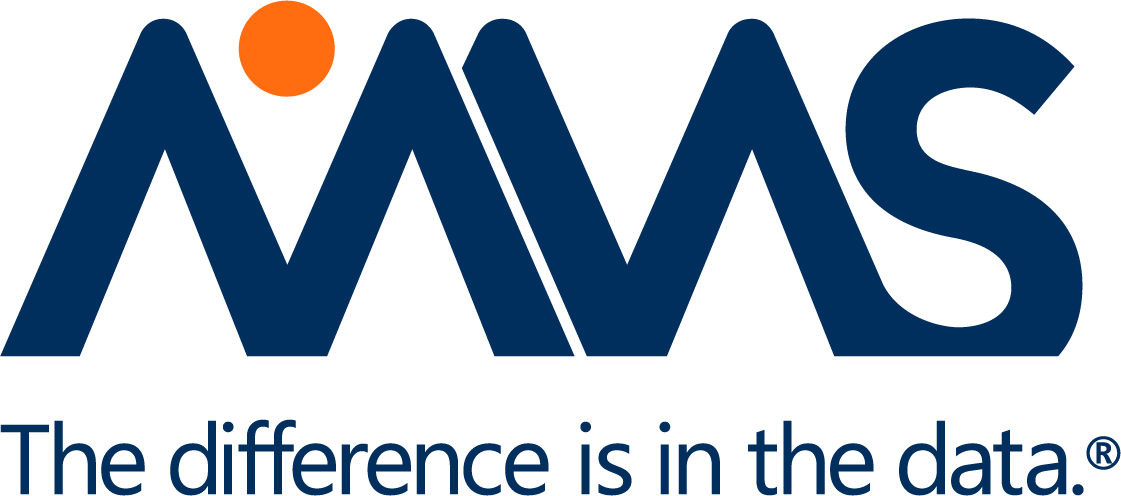aTyr Pharma, Inc. was recently granted orphan drug designation by the European Commission (EC) for Efzofitimod for the treatment of sarcoidosis.
Sarcoidosis is characterized by the accumulation of immune cells that form granuloma, which typically begins in the lungs, skin, or lymph nodes but can also impact any organ. People of all ages are affected by this disease, with the incidence peaking between 20 and 39 years of age
The most common form of sarcoidosis is called pulmonary sarcoidosis, which affects over 90% of sarcoidosis patients and manifests in the lungs. This form belongs to a group of diseases called interstitial lung disease. The prognosis for patients with pulmonary sarcoidosis ranges from benign and self-limiting to chronic, debilitating disease and death.
There are approximately 150,000 people with unmet medical need of sarcoidosis treatment in the EU (European Union). Currently approved therapies include long term corticosteroids which show clinical benefit but are frequently associated with serious side effects that limit their use, resulting in an unmet need within the disease space.
Efzofitimod (ATYR1923), a first-in-class immunomodulator, downregulates innate and adaptive immune responses via selective modulation of neuropilin-2 (NRP2) in response to lung inflammation.
What is Efzofitimod?
Efzofitimod, a disease-modifying therapy, is being developed by aTyr Pharma, Inc. for patients with severe inflammatory lung diseases with a high unmet medical need. Efzofitimod is a fusion protein consisting of the immune-modulatory domain of histidyl-tRNA synthetase fused to the Fc region of a human antibody.
As part of an early-phase and placebo-controlled clinical trial, Efzofitimod was evaluated for safety and efficacy in patients with pulmonary sarcoidosis, which led to the orphan drug designation.
Currently, the Phase 3 study, EFZO-FITTM, is being conducted by aTyr for Efzofitimod in patients with pulmonary sarcoidosis. This multi-arm study will evaluate multiple dose levels of Efzofitimod compared to placebo and allows pulmonary sarcoidosis patients to taper off their current treatments.
Efzofitimod was granted by the US Food & Drug Administration (FDA) for orphan drug and Fast Track designations in 2022. This was followed by the European Commission’s Orphan Drug designation in early 2023.
The Challenges of Rare Disease Drug Development
As defined by the European Union (EU), rare diseases, also called orphan diseases, affect no more than 1 in 2000 people. In total, there are more than 7,000 identified rare diseases, many of which are life-threatening and have a genetic basis.
Orphan drugs are those developed to address the unmet medical needs of patients afflicted by a rare disease. Historically, the development of therapies in the rare disease space has faced enormous challenges due to the cost, complexity, and risk associated with targeting a disease affecting small (or extremely small) patient populations.
Challenges to orphan drug development are not limited to the stages between discovery and approval. Challenges extend to the marketed environment as well.
While centralized incentives are in place in European countries to enable pharmaceutical companies to increase focus on rare diseases, over the last decade, European countries have increased their scrutiny on the efficacy, cost, and value delivered by orphan drugs.
For example, Germany established a process known as to evaluate the costs and benefits of marketed drugs covered by Germany’s national health insurance system, Of the first seven orphan drugs evaluated by AMNOG, GKV-Spitzenverband required price discounts on all seven due to their assessment of the benefits of the drugs when compared to cheaper available alternatives.
Across most of Europe, national health insurance systems are the primary payer for medical care and pharmaceuticals. As the cost of treating rare diseases has continued to increase, these payers have become more discerning in their approvals and costs of these orphan drugs.
This includes evaluating orphan drugs based on the following:
- numbers of marketed and pipeline orphan drugs
- quality of clinical evidence
- clustering of treatments for the same rare disease
- uncertainty about patient numbers and dosage
- high-cost requests
- diversion of funds from treating more common conditions
- reuse of old medicines
- lagged indication
- replacement of cheap alternatives
- cost effectiveness threshold failures
These considerations are important for Rare Disease Sponsors, not to discourage availability but to have a realistic understanding of what they may face during launch and as they move into the post-marketing environment.
The concern is that the gains to the rare disease community in the form of readily available medications may be offset by diminished return for investors. There is a call from the pharmaceutical industry to both optimize costs from a development standpoint, but also for payers to facilitate an environment that allows for return on investment (ROI).
Orphan Drug Designation as a Solution
To qualify for an orphan drug designation within the EU, a drug must target a rare disease as defined by the EC or it must be unlikely that the marketing of the drug would cover the cost of drug development. Most importantly, the drug must significantly benefit those affected by the disease compared to currently approved standard-of-care drugs.
European Medical Agency (EMA) grants orphan drug designation with the following benefits to pharmaceutical companies:
- protocol assistance
- the potential for 10 years of market exclusivity after regulatory approval
- reduction in regulatory fees
- a centralized EU approval process
US/EU Orphan Designations as Part of a Harmonized Strategy
Sponsors will typically seek US and EU orphan designations early in parallel as part of a harmonized approach to trial design and development.
A designation in the EU allows Sponsors to receive protocol assistance, a form of advice that is centered on the specific challenges to trial design frequently encountered in the development of orphan drugs (small patient populations, endpoint validation, demonstration of clinical superiority). US FDA advice can be received on a similar timeline through formal meetings, allowing a confident and efficient approach to multinational trials with fewer amendments and a more consistent approval pathway across regions.
When applying for designations in both regions, it is important to consider key differences between the US and EU applications.
Prevalence requirements vary (less than 200,000 people in the US, not more than 5 in 10,000 people in the EU) as do the available source materials needed to construct these estimates. Calculating prevalence in the EU can be complex due to an absence of literature and/or databases covering the entire EU region. On the other hand, the existence of sources reporting prevalence in individual member states may afford additional flexibility in structuring the estimate compared to the US where a conservative estimate may be more readily identifiable from public sources.
Sponsors applying for these designations early in development should also note the general trend towards a more rigorous analysis of “medical plausibility” (in the EU) and “scientific rationale” (in the US), particularly concerning preclinical models. Models and endpoints should be clinically relevant to the disease condition, and this position must be vigorously defended.
The future of rare diseases therapies in the EU
With awareness of rare diseases increasing through EMA regulations and incentives, pharmaceutical companies are more likely to focus on finding treatments for rare disease patients, such as Efzofitimod for pulmonary sarcoidosis.
EURORDIS-Rare Diseases Europe, a patient advocacy group, partnering the EveryLife Foundation for Rare Diseases initiated their Second Annual Brussels Rare Disease Week (RDW) in early February 2023. The goal of RDW is to empower patient advocates with knowledge and skills on rare diseases and enable them to influence advocacy activities at the EU level and to raise awareness among EU policymakers of the high unmet needs of patients living with a rare disease. You can visit their website for more details on upcoming activities and how to participate EURORDIS Rare Disease Week.
As the ROI within the rare disease space becomes more consistent, the industry will continue to see greater investments aiming to fill these rare disease patients’ unmet medical needs.
If you have any questions or would like to learn more about rare diseases, email info@mmsholdings.com to speak to our rare .
Learn more about MMS regulatory experts.
By: Nancy Hsu, Regulatory Affairs Associate, Supriya Perambakam, Global Regulatory Affairs Manager, and Ritchie Patton, Global Regulatory Affairs Manager





